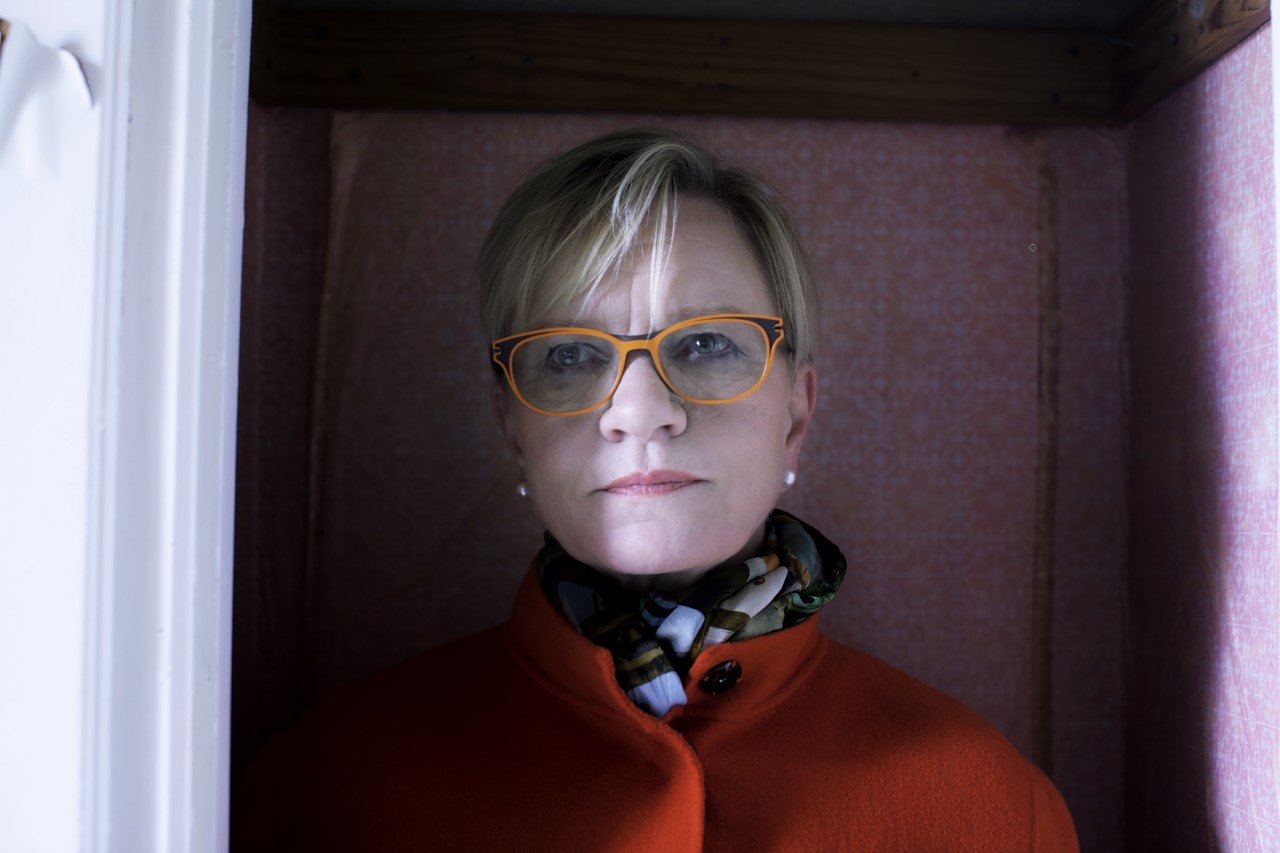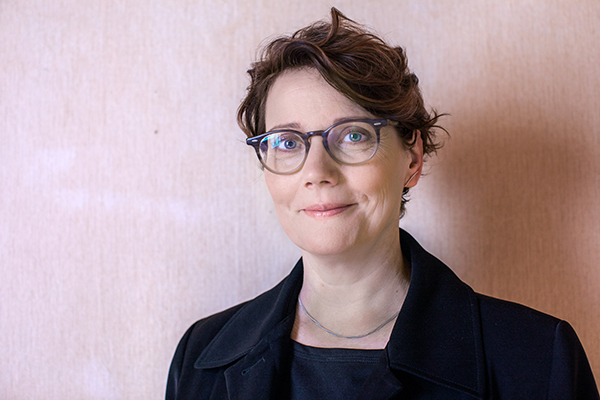Helsinki Biennial will take place by the sea in the unique historical natural environment of Vallisaari. The name of the first biennial, the Same Sea, is a reminder that everything is connected to everything else and therefore mutually dependent. This has become increasingly evident during the current ecological crisis and coronavirus pandemic.
The head curators of Helsinki Biennial 2021, Pirkko Siitari and Taru Tappola, have entitled the inaugural biennial The Same Sea. The Same Sea is a metaphor for interconnectedness, which means that each thing and action has an impact on something else and supports the entirety. The ecological crisis has metaphorically brought us onto the shores of the same sea, but its consequences vary from one part of the world to the next, and it affects people and various species in fundamentally different ways.
The sea is also the bridge that connects us to the main location of the biennial, Vallisaari island. Vallisaari forms both the concrete and conceptual basis of the curating process. Vallisaari, once a sea fort, is located near Helsinki’s city harbour, and has unique natural and cultural value.
The biennial’s artists have been inspired by Vallisaari and have worked there on a site-specific basis. The themes arising from the island offer various perspectives on interconnection and mutual dependence. These themes include relationship with nature, time and change, boundaries and identities, and connection and empathy.
Art is parallel with the nature and history of Vallisaari island and opens up new, unexpected viewpoints of this magnificent environment. At the same time, it also mirrors our own times more broadly.
“We believe that art has enormous potential and an important mission in our time; it has a unique capability to expand our way of thinking and to enrich our imagination. We can approach the world through art in many ways, and art can open new avenues for discussion, understanding and empathy into the shared cycle of life. The Same Sea reminds us of the fact that we co-exist on a planet where everything affects everything else, and that our survival depends crucially on all others around us and our environment,” say the curators.

Pirkko Siitari is the Head of Exhibitions at HAM. She previously directed various institutions including Kiasma Museum of Contemporary Art in Helsinki (2010-2015), where she also worked as a chief curator (2008-2010), Kerava Art Museum (2004-2008) and the Northern Photographic Centre in Oulu (1990s). Siitari was also the chief curator of the Finnish Museum of Photography in Helsinki (1999-2004). Past curatorial projects include, among others, Paweł Althamer, I (am), HAM (2019), Nature as a Playground, Museum of Photography, Seoul (2018), Alfredo Jaar, Kiasma (2014), and ARS11, Kiasma (2011). She studied Art History and History at the Jyväskylä University and Art Theory at Jan van Eyck Akademi, Maastricht, Netherlands.

Since 2017, Taru Tappola has been the Head on Public Art at HAM Helsinki Art Museum, leading a team that commissions public artworks for the City of Helsinki. She formerly worked as Curator of Exhibitions at Helsinki Art Museum (2001-2003), Kunsthalle Helsinki (2004-2006) and Kiasma Museum of Contemporary Art (2006-2009), curating numerous international and Finnish contemporary art exhibitions. Tappola further developed her professional background in curating, mediating art and engaging audiences as the interim director of Kunsthalle Helsinki (2010-11) and Head of Education at HAM (2013-17). She studied Art History at the University of Helsinki.